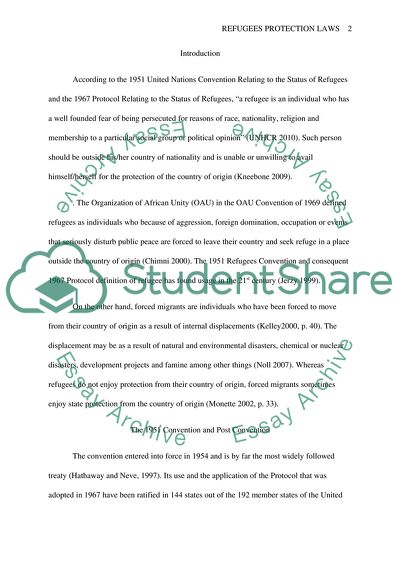Cite this document
(Role of Law in Determining the Status and Protection for Refugees Essay, n.d.)
Role of Law in Determining the Status and Protection for Refugees Essay. https://studentshare.org/law/1759309-discuss-how-law-plays-a-significant-role-in-determining-the-status-and-protection-for-refugees
Role of Law in Determining the Status and Protection for Refugees Essay. https://studentshare.org/law/1759309-discuss-how-law-plays-a-significant-role-in-determining-the-status-and-protection-for-refugees
(Role of Law in Determining the Status and Protection for Refugees Essay)
Role of Law in Determining the Status and Protection for Refugees Essay. https://studentshare.org/law/1759309-discuss-how-law-plays-a-significant-role-in-determining-the-status-and-protection-for-refugees.
Role of Law in Determining the Status and Protection for Refugees Essay. https://studentshare.org/law/1759309-discuss-how-law-plays-a-significant-role-in-determining-the-status-and-protection-for-refugees.
“Role of Law in Determining the Status and Protection for Refugees Essay”. https://studentshare.org/law/1759309-discuss-how-law-plays-a-significant-role-in-determining-the-status-and-protection-for-refugees.


